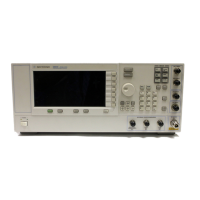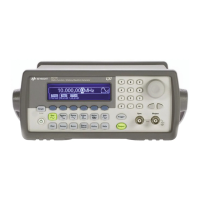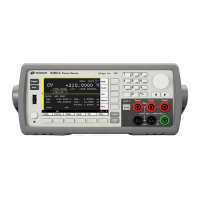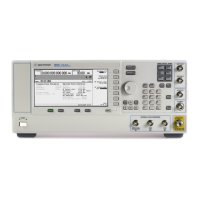Keysight CXG, EXG, and MXG X-Series Signal Generators Service Guide 71
Self Test
Running Self Test
Figure 4-4 All Self Tests Passed Message
Figure 4-5 Self Test Failure Message
If the signal generator fails only one test, the number of the failed test
displays. If the signal generator fails more than one test, the test number
of the most likely cause of the failure displays, as shown in Figure 4-5.
6. If there is a Self Test failure locate the number given as the root failure in
Table 4-1 and follow the resolution path given.
7. Before replacing any instrument assembly see Chapter 16, “Pre and
Post-Repair Procedures”.

